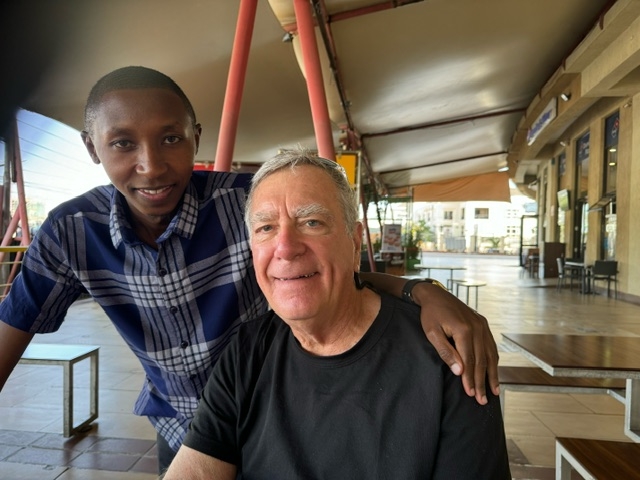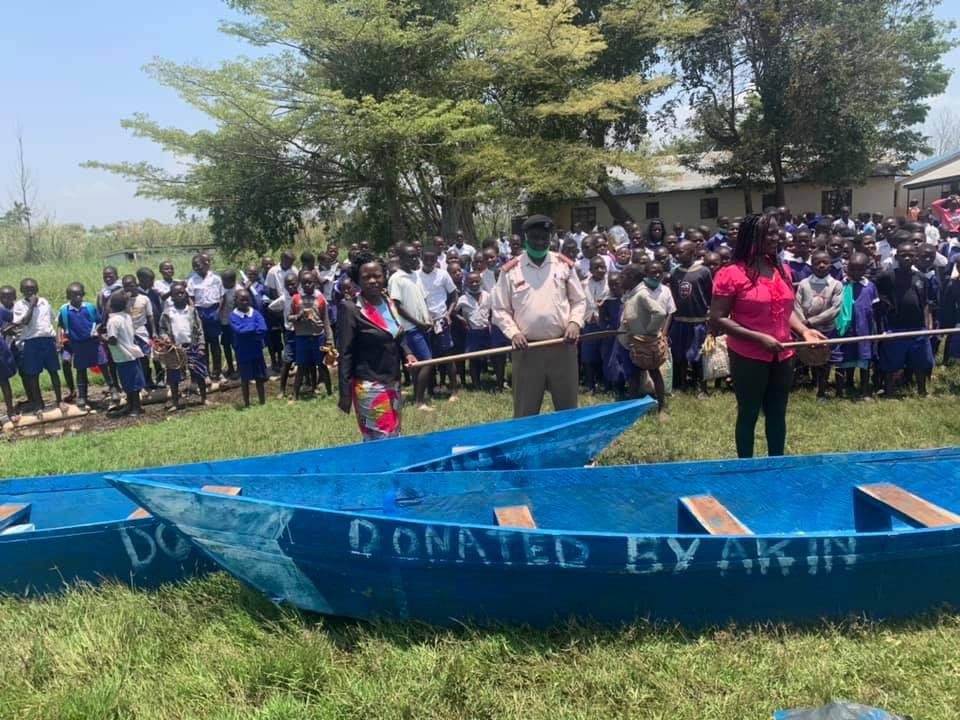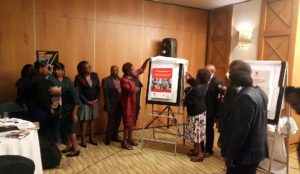Honouring AKIN for supporting education of vulnerable children in Kenya
Paul Miller, through the African Kids In Need (AKIN) has supported over 886 vulnerable children in Kenya to access Education up to University levels since 2016. According to records available at ANPPCAN Regional Office, Paul Miller through AKIN, has had a huge impact on many children in Kenya by facilitating and expanding educational opportunities for the children. For many of the children, it would have been impossible for them to access education without the support from AKIN.
ANPPCAN being a child rights organization, firmly believes that while education is a basic right for children, school plays a role in preventing and protecting children from abuse and exploitation. As such, ANPPCAN would like to recognize and appreciate Paul Miller for not only paying school fees for the children, but also in ensuring that their personal needs are met to make the children’s learning process more friendly, as they attend Basic Education, Technical and Vocational Institutes and Universities.

Paul Muchiri, one of the beneficiaries of African Kids in Need pose for a photo with Paul Miller. Mr Muchiri was supported by AKIN to learn at St Francis Primary School in Karen, then joined Sunshine Secondary School along Langata Road, Nairobi. He scored a B+ in KCSE exams. He proceeded to Kenyatta University to pursue a course in Accounting. He has completed his studies and secured a job in an auditing firm as an Accountant
Students supported in Education by African Kids in Need since 2016
•Primary and Pre-primary Education
260 students (126 Males, 134 Females)
•Secondary School Education
470 students (243 Males, 227 Females)
•Vocational/ Tertiary Education
70 students (40 Females, 30 Males)
•University Students
86 students (41 Females, 45 Males)
The total number of students sponsored under the education sponsorship at all levels of education by Paul Miller’s organization’s African Kids in Need is 886 students. This is impressive.
Other support to children to facilitate access to education contributed by Paul Miller to enable the children learn in peace.
• Provision of scholastic materials to vulnerable children in the form of school uniforms, shoes, school bags and books for 886 students.
• Provision of boats in areas experiencing/ prone to floods in Budalangi in Busia County to support children in accessing schools during heavy rains.
• Supporting post – secondary students with Income Generating Activities to improve livelihoods for 80 post – secondary students (45 females and 35 males).
• Mentorship programmes for 400 school going students.
• Goat/ livestock project for 50 vulnerable students to boost investments and incomes at family levels.
• Employment opportunities for 20 post – secondary students and vulnerable Kenyan youths through a mobile local food outlet (Munchies).
Photo 1: Boats donated by AKIN to areas experiencing floods due to heavy rains in Budalangi, next to Lake Victoria, in Busia County in Kenya.

Photo 2: The 2 boats have enabled many children to access school at the time heavy rains pound the area and made mobility to educational and health facilities as well as markets impossible

The entire ANPPCAN family in Kenya sincerely thank you, Mr. Paul Miller for the work you have done over the years that has enabled many children to realize their dream to education.

 The review noted four key issues that need to be addressed as they hinder the full realization of the Government intentions regarding child labour, especially the worst forms and violence against child labour. These key issues are resource allocation, coordination of key actors and programmes, inconsistencies in laws and lack of data on children.
The review noted four key issues that need to be addressed as they hinder the full realization of the Government intentions regarding child labour, especially the worst forms and violence against child labour. These key issues are resource allocation, coordination of key actors and programmes, inconsistencies in laws and lack of data on children.